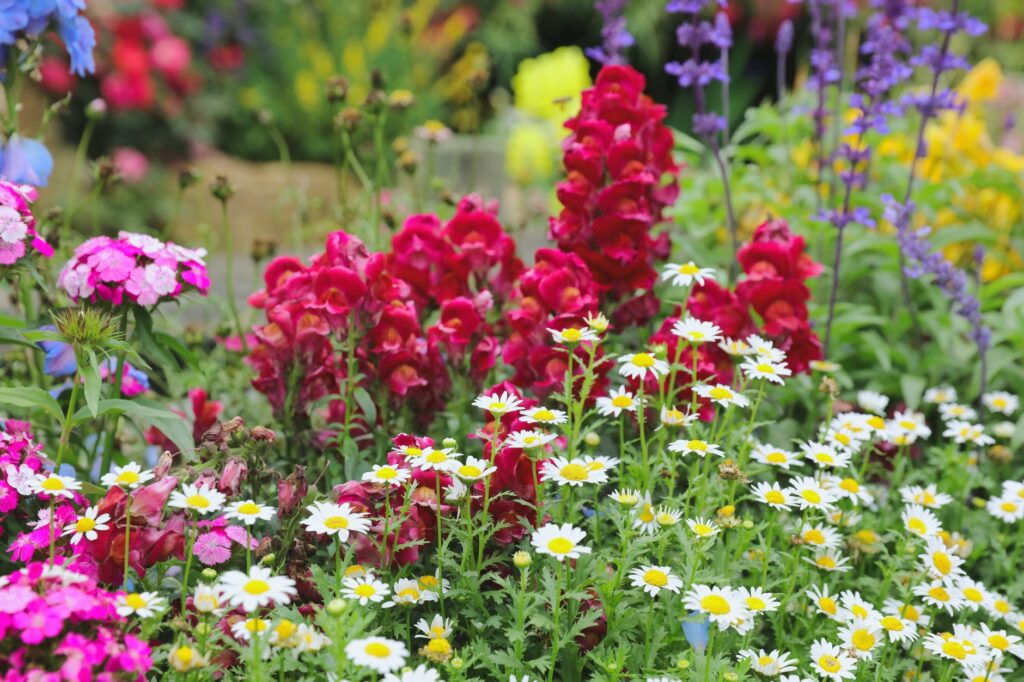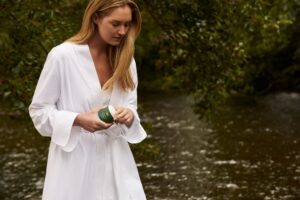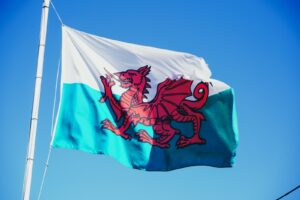5 tips for making your garden as bee-friendly as possible

This World Bee Day (20 May), local housebuilder, Barratt David Wilson Homes South Wales, is sharing its top tips for attracting bees to your new-build garden.
Bees pollinate our trees and flowers — supporting birds, bats, mammals and even humans with food and shelter. Without them, it wouldn’t be long before our ecosystem collapses.
Head landscaper for Barratt David Wilson Homes South Wales, Catherine Etchell, said: “It’s estimated that 80% of our diet is dependent on bee pollination — so it’s important that we do what we can to maintain the health and survival of our bees.
“Barratt has already incorporated bee bricks into some of its developments — providing nesting space for solitary bees, like red mason bees and leafcutter bees, who do not live in hives or produce honey. However, with declining bee populations — partly due to the loss of flower-rich habitats — these tips could help you turn your blank canvas new-build garden into a wildlife-rich haven for pollinators.”
- Allow corners of your garden to grow wild
Creating a dedicated space where weeds and wildflowers are allowed to grow, and adding some rotting logs and a compost heap, will attract lots of creepy crawlies — in turn, providing food for birds and pollinators.
Encouraging a balance of birds, insects, and flowers in this way is one of the best ways to attract pollinators — because these creatures all depend on each other.
If you’re looking for a fun nature-based activity to do with your children, why not try your hand at building a bee hotel? It will provide a solitary place for bees to call home and lay their eggs.
- Get the most out of your flowers
When it comes to attracting pollinators, not all flowers are created equal — with some species more appealing to our black and yellow stripy friends than others, at different times of year.
Consider planting species such as roses and lavender which flower over a long period — providing a consistent food source for the bees.
Likewise, plants such as pansies, primroses, and hellebores — which flower in winter and spring — will not only add colour to your garden during darker months, but will also provide pollen and nectar for early pollinators when little else is in flower.
- Never use chemicals on your plants or wildlife
Pesticides, herbicides, and even ‘organic’ slug pellets are detrimental to our pollinators — affecting a bee’s reproduction, navigation and memory capabilities. It can even be fatal in some instances.
Letting your garden take care of itself is always the best option. Allow song thrushes and blackbirds to eat slugs; bluetits to eat greenfly; red admiral butterflies to lay eggs on nettles; and bees to pollinate your flowers and vegetables.
- Create a water feature
A small, planted pond or water feature with shallow edges can attract more insect life than any other part of the garden — providing drinking water for all creatures, including bees and other insects.
- Sit back and enjoy your hard work
Whilst it’s important to ensure your garden is a haven for wildlife — you deserve to enjoy it, too! Place a south-facing bench next to some scented flowers, to give you the perfect spot to sit and admire the birds, bees, and butterflies.




